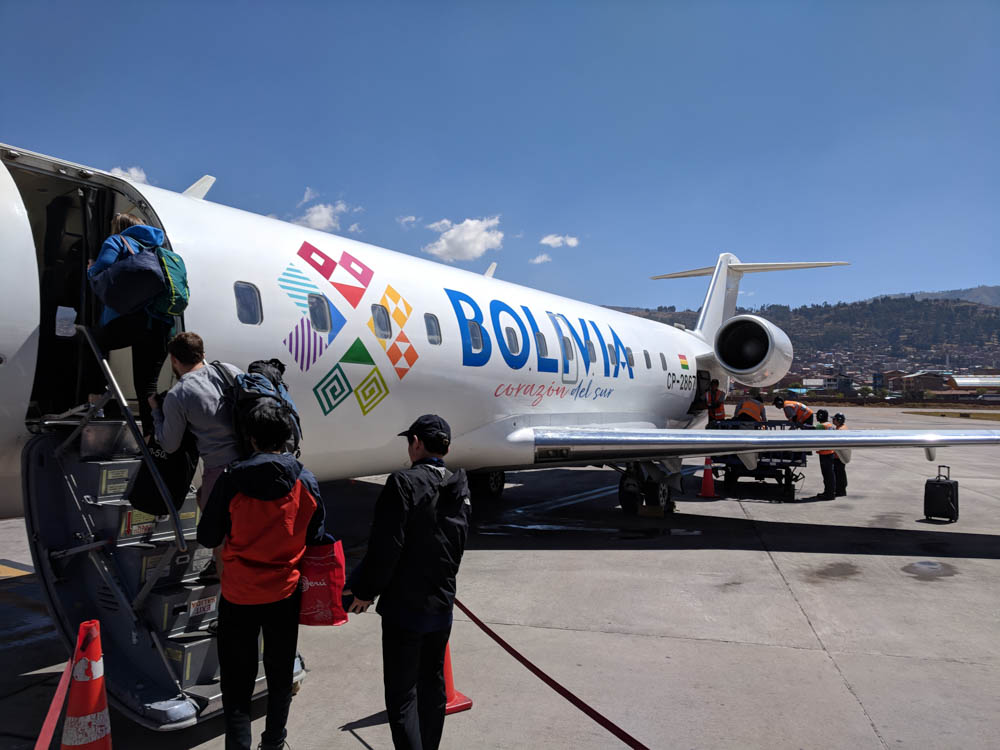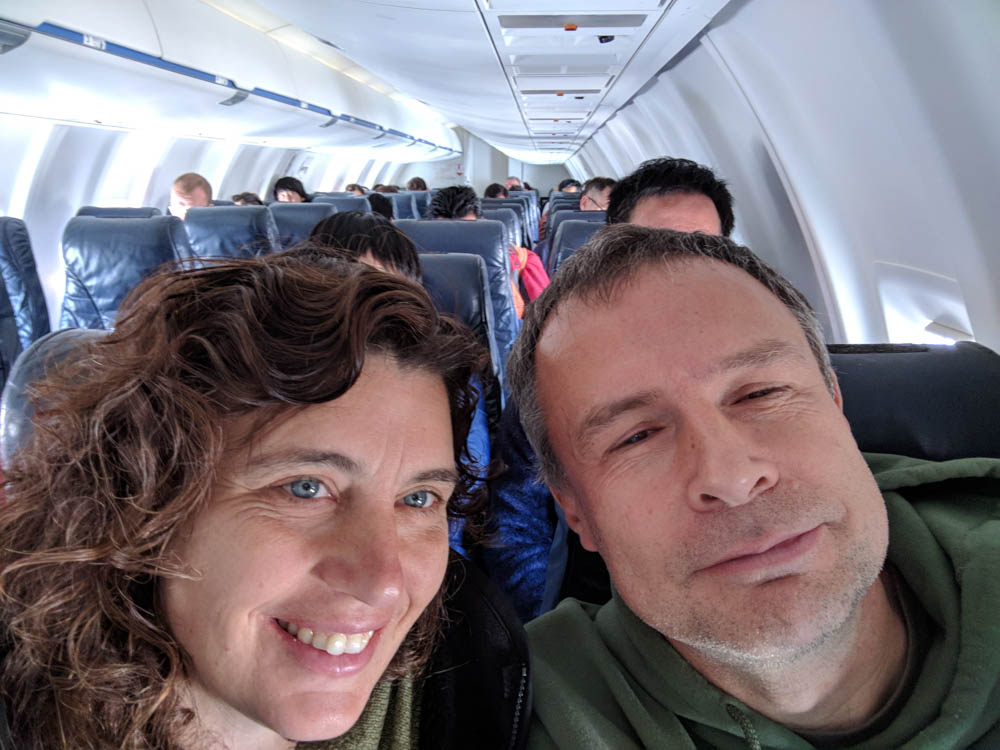The next destination was northern Chile. This meant more flights, the first of which went back to La Paz, Boliva so we could catch a connecting flight to Iquique, Chile. The flight from Peru left late, so we received an escort through the La Paz airport to avoid having to go back through security. It’s surprising to me that going through an airport only a couple of times can provide a real sense of familiarity.
Continue reading “27: Onward To the Atacama Desert”28: Day of the Mummy
One of the primary reasons we chose to visit Arica was because it is home to some of the worlds oldest mummies from the Chinchorro culture. The claim is some of the mummies discovered in this area predate the Egyptian mummies by at least two thousand years, approximately 5000 B.C. Our search for mummies took us to the Museo Arqueologico San Miguel de Azapa, which is run by a local university.
Continue reading “28: Day of the Mummy”29: Back to Iquique
After a great visit in Arica it was time to head back to Iquique. We took the same route back with a couple of small detours to check out sights we did not see on the way down.
Continue reading “29: Back to Iquique”30: Saltpeter
It was another beautiful day in Chile and we had another unique site to visit. About an hour from Iquique there is a site called the Humberstone Saltpeter Works. Humberstone is one of the many UNESCO World Heritage sites we’ve visited along the way. It was a functioning saltpeter refinery until 1960, was abandoned and turned into a ghost town, and then in 1970 was declared a national monument before becoming a UNESCO site in 2005.
Saltpeter was mined in the surrounding areas and refined for use in fertilizers and explosives. Humberstone was one of a handful of refineries in the area. The site was located in Peru when it was first started, but ultimately became part of Chile during the War of the Pacific.
Continue reading “30: Saltpeter”31: Iquique
Iquique is a port city in northern Chile that came into being during the height of saltpeter mining in the Atacama desert. Like the saltpeter mines and refineries, the city started out in Peru and was captured during the War of the Pacific.
In the early 1900’s the city was the location of a historic massacre. Thousands of saltpeter mine workers and their families marched on the city to protest working conditions in the mines. In response, the Chilean army opened fire on the protesters killing as many as 2000. We learned about this at Humberstone, but I was surprised there wasn’t more about it in the city itself.
Continue reading “31: Iquique”

